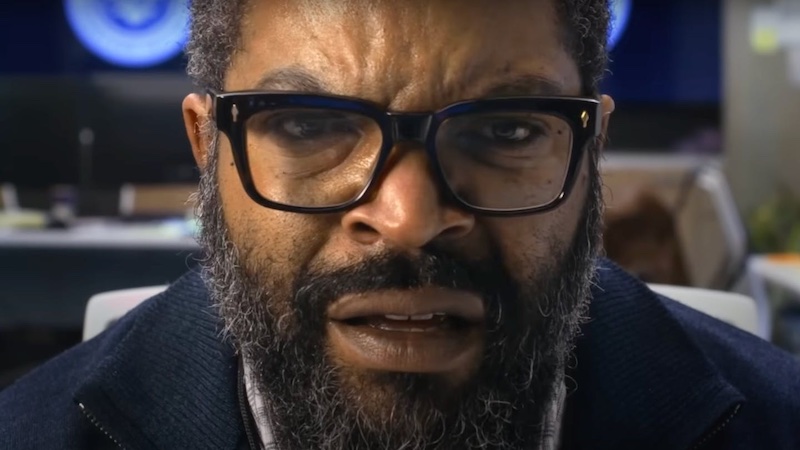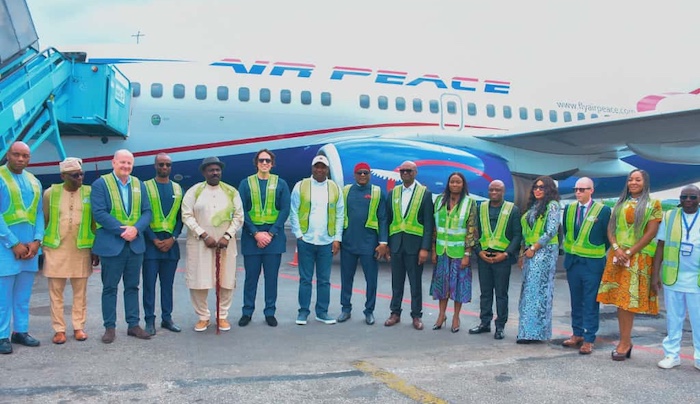
Many of you skipped Amazon’s War of the Worlds.
I know this because I tried to watch the trailer but gave up after the first 30 seconds. I have a feeling most of you had the same reaction. Ice Cube plays William Radford, a Department of Homeland Security officer who has the misfortune of observing an alien invasion from the comfort of his computer.
He does what he can to protect his family from the unfolding tragedy using the hacking tools at his disposal. The previous Tom Cruise-led adaptation of the popular H.G. Wells story was an intense science fiction thriller in which the protagonist and his family navigated a war torn landscape amidst an ongoing alien invasion.
In attempting to remake War of the Worlds, Timur Bekmambetov (the producer) asked a pertinent question: what would an alien invasion look like today? How would we experience it?
The answer was obvious. Timur wanted to imitate modern life by allowing audiences to view most of the action through phone/tablet/computer screens. Because production began in 2020, during the COVID-19 pandemic, the film’s concept took advantage of the limitations imposed by the lockdown.
Unfortunately, the results were painfully poor. War of the Worlds 2025 will go down in history as one of the worst films of the decade. However, no one is talking about the movie’s poor visuals or the weak script because a different scandal has dominated the conversation.
People noticed a few weeks ago that War of the Worlds 2025 features footage of real-life disasters, including the 2011 Tohoku tsunami, the 2010 Deepwater Horizon Explosion, the Fort McMurray Wildfires, and a 2013 airplane crash.
Imagine shooting a scene in which an alien smashes into a populated city, unleashing a wave of destruction that shatters buildings and chokes the air with dust. Rather than constructing the entire scene from scratch using CGI, you can probably save money by adding the alien in question to real-life footage showing the destruction you want to simulate.
However, some articles have argued that money was not the driving factor. Instead, the VFX team added the real-life footage as a placeholder early on, intending to replace it down the line.
But they ran out of time and money. War of the Worlds 2025 has raised questions about the ethics of using real-life footage in entertainment. Most of those weighing in don’t understand how Amazon could be so insensitive.
Imagine watching a plane fall out of the sky and explode in War of the Worlds in the same manner as the 2013 plane crash that killed your child. You know what happened in the real-life event because you saw the footage a passerby captured with their phone.
And now, that same footage is unfolding before your very eyes in War of the Worlds 2025. How would you react? The filmmakers are essentially re-traumatizing the victims of real-life tragedies.
The notion of commercializing a real-life victim’s pain rubs people the wrong way. But that highlights a curious conundrum. Are we saying that real-life footage should never appear in fiction? 2019’s Chernobyl is still lauded as a masterpiece that tactfully dramatizes the 1986 nuclear disaster, and no one mentions the archival footage it uses.
Every prestigious war film you’ve ever watched includes snippets of real footage from WWI and WWII. That is also true for every holocaust-focused film. What makes War of the Worlds 2025 different?
Well, the context matters. Spike Lee’s BlacKkKlansman includes real footage of rallies by white supremacists from America’s darkest days. It then compares them with real footage of rallies from today to show that America has not necessarily healed from its racist tendencies.
The footage is sobering because it shows audiences that the events depicted in the film are not nearly as divorced from reality as viewers may assume, regardless of how exaggerated they may appear.
War movies use real footage of human suffering to show audiences how far we’ve come as a species. They also remind us of the horrors waiting for us if we make the wrong choices. In other words, they serve an educational purpose.
More importantly, they don’t make light of the tragedies that real people suffered. War of the Worlds 2025 treats those tragedies as frivolous tools, trivializing them in a way that modern audiences cannot abide.
Or maybe culture is the deciding factor. I am yet to meet anyone in Uganda who cares about this issue. We separate what we see on the big screen from real life, regardless of the presence of real-life footage in the movies and shows we



